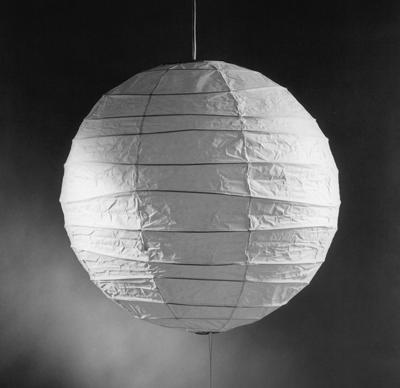CulBeat Express
2018.06.03 18:18
이사무 노구치 조명 '아카리(Akari)' 특별전(2/28-1/27)
조회 수 1347 댓글 0
Akari: Sculpture by Other Means
February 28, 2018-January 27, 2019
Noguchi Museum

Akari: Sculpture by Other Means occupies the Museum’s second-floor galleries. It includes several installations that allow visitors to experience ways that Isamu Noguchi’s Akari—a modular ecosystem of lightweight, collapsible paper lanterns—can create and transform space.
Noguchi’s electrified paper, bamboo, and metal Akari light sculptures have quietly become among the most ubiquitous sculptures on Earth. Their origins lie in 1951 when, on a trip to a still devastated post-war Japan, Noguchi was asked by the mayor of the small town of Gifu City to help revitalize the local lantern industry by creating a modern lamp for export using the traditional washi paper (made by hand from the inner bark of the mulberry tree) and bamboo.
Inspired by the lanterns that illuminated night fishing on the Nagara River, Noguchi worked with local firm Ozeki & Co. to combine the elements of the traditional paper lantern with electricity. He designed a dizzying array of new forms—creating contemporary art by marrying ancient craft with the defining technology of the twentieth-century. He would go on to create more than 200 models of Akari, including an entire line for his exhibition for the American Pavilion at the 1986 Venice Biennale, in the process receiving five American and thirty-one Japanese patents.
The installations in Sculpture by Other Means create a series of environments that convey the essential values of Akari, drawing on the organizational, structural and ephemeral qualities of nature, and exemplifying Noguchi’s concept of light as both place and object. These include the chamber-like Akari PL1 and an eight-foot cube made of illuminated PL2 panels.

Also featured is the Akari 200D, a two-meter wide globe Noguchi made for his 1986 Venice Biennale presentation (titled, tellingly, Isamu Noguchi: What is Sculpture?). Designed in 1985, the 200D is the largest Akari that Noguchi ever created. It is displayed here as it was at the Biennale, in a large wood-frame box, based on a Japanese display niche, that Noguchi made for that exhibition.
The exhibition’s selection of archival material comprises vintage photographs, advertisements, and Akari brochures, all suggesting Noguchi’s thinking about the presentation of Akari as a continually shifting enterprise. Other materials document the numerous exhibitions of Akari between 1952 and 1985, in the home-furnishings marketplace, in galleries, and culminating in his presentation at the 1986 Venice Biennale.





